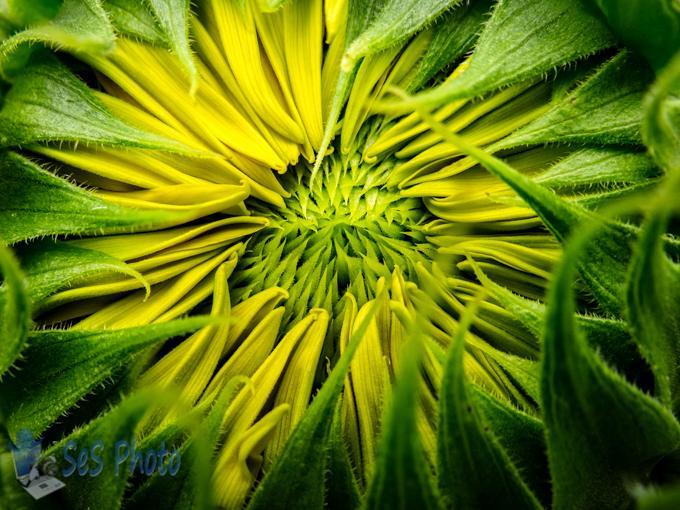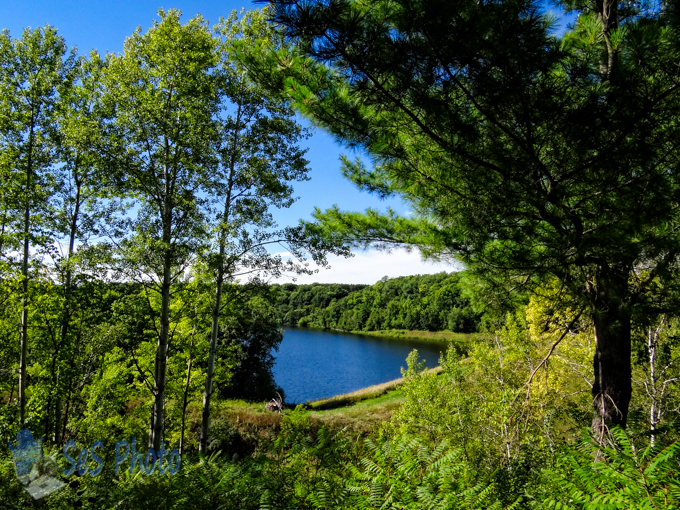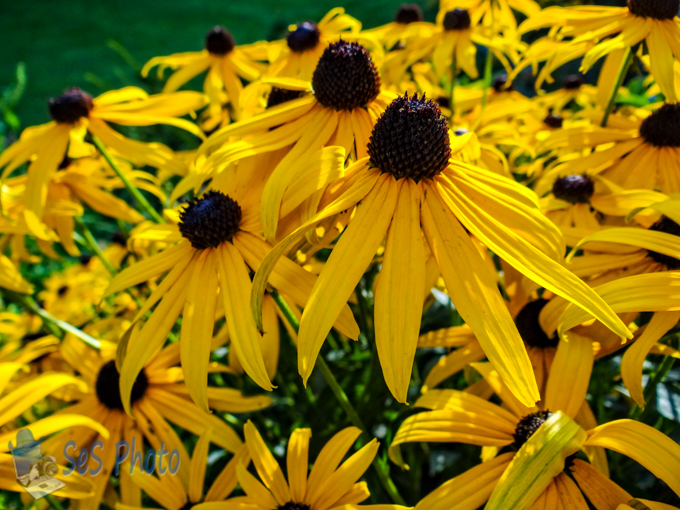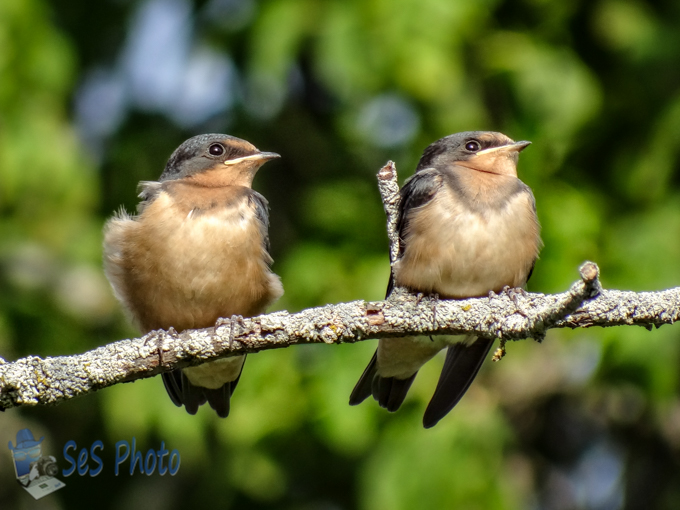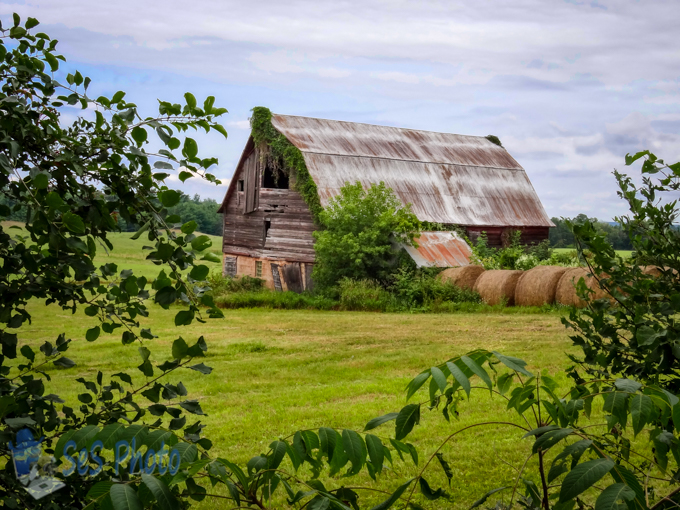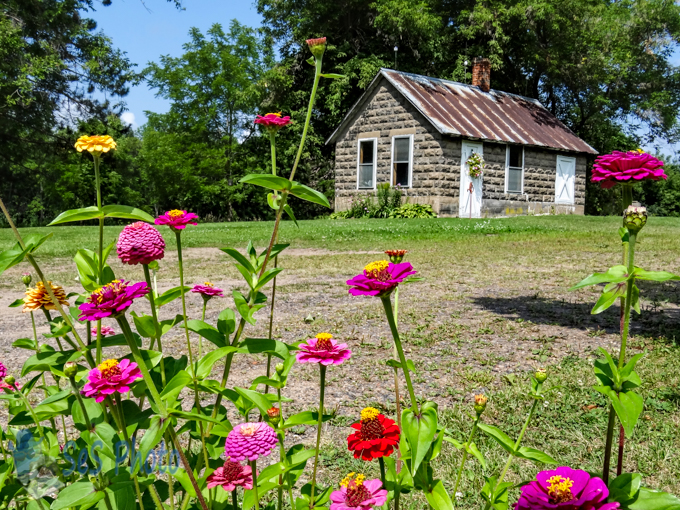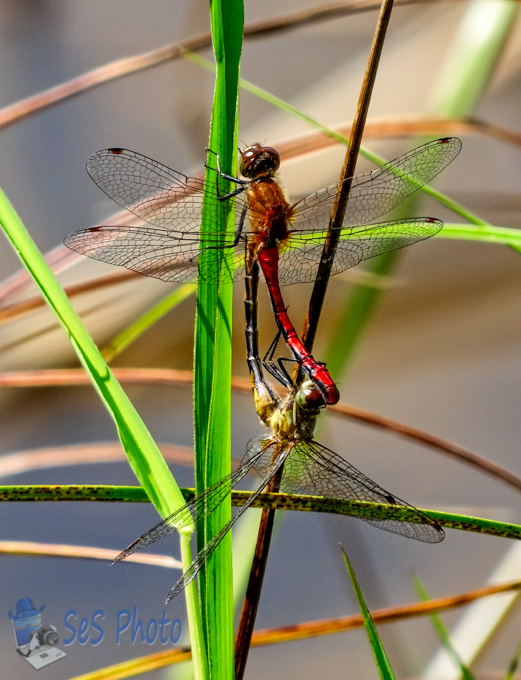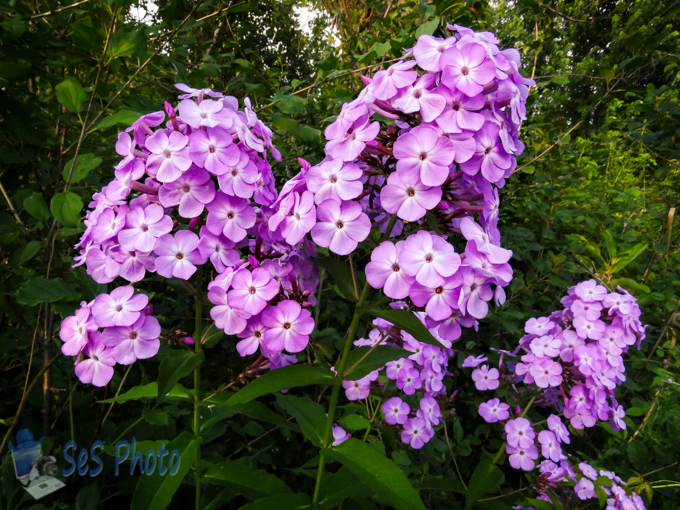According to the Old Farmer’s Almanac, today is the end of the Dog Days of Summer, which runs from July 3 to August 11. The ancient Romans named “Caniculares dies,” or days of the dogs, the 20 days before the conjunction of the dog star (Sirius in the Canis Major constellation) with the sun, to 20 days after. With the exception of our sun, Sirius is the brightest star visible from Earth so the Romans believed when Sirius rose and set with the sun, it added to the heat to produce the hottest days of the year. But since the summer heat is a direct results of the earth’s tilt, the ancients were barking up the wrong tree blaming the ‘Dog Star’ for boosting the summer heat.
Dog Days of Summer



